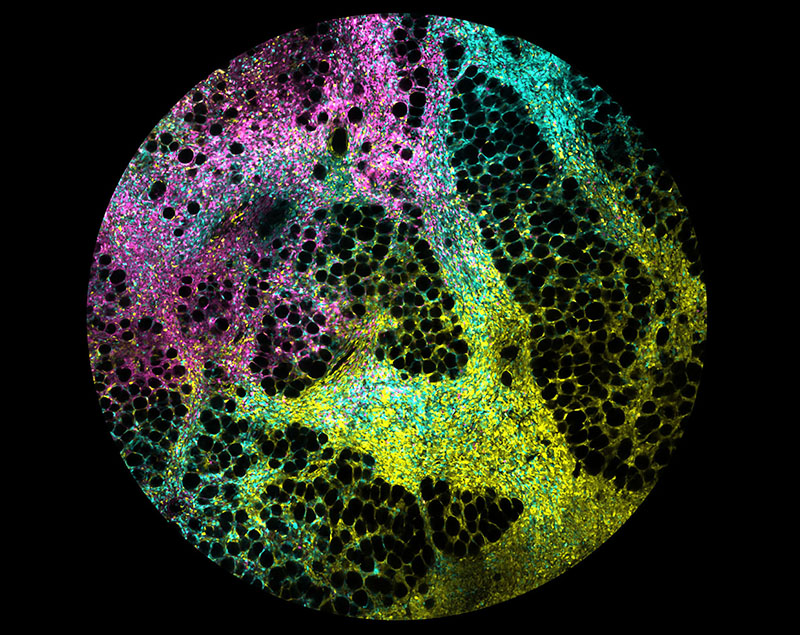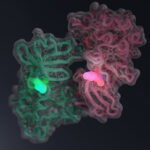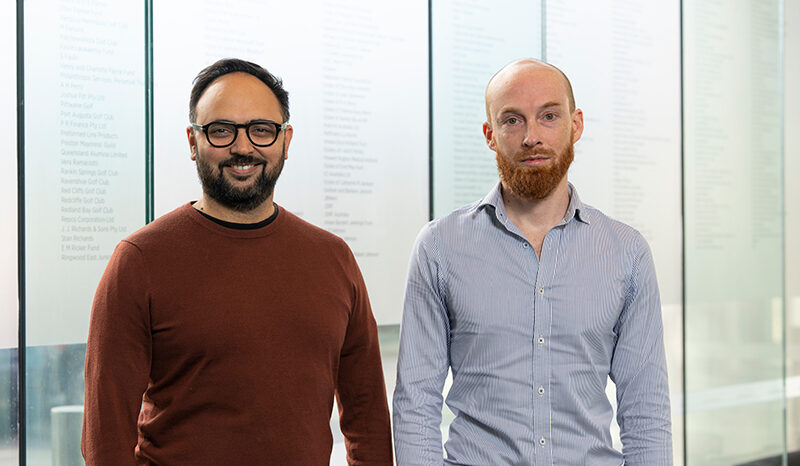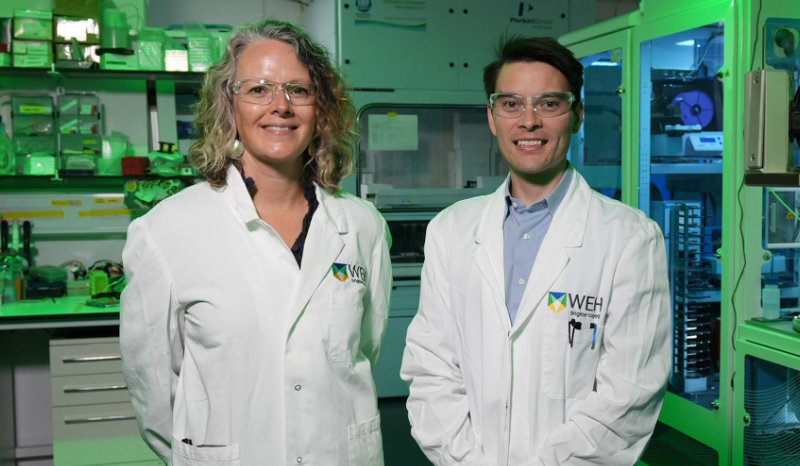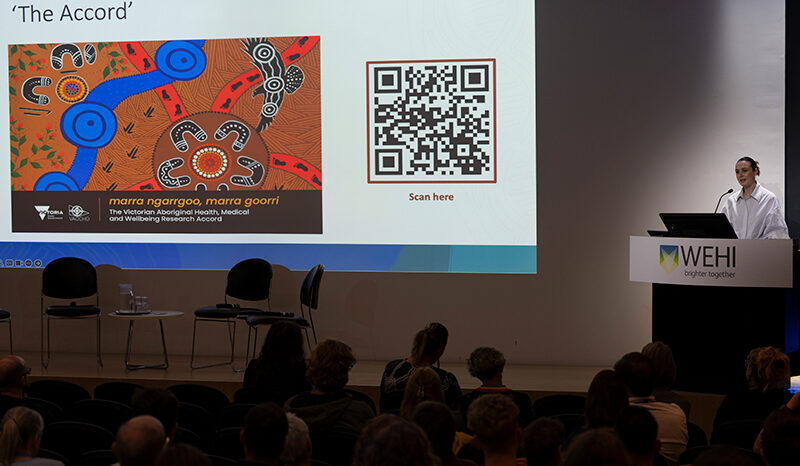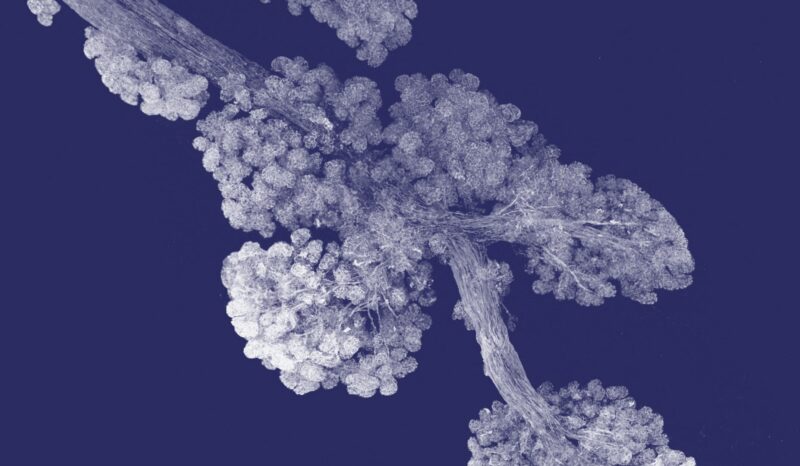The ability for scientists to visualise biological mechanisms and behaviours is integral to gaining insights into how diseases develop, spread and respond to treatment.
Advanced imaging capabilities, like lattice light sheet microscopy and super resolution microscopy, coupled with advanced bioimage analysis methods, are revealing never-before-seen intricate and informative details of living tissue and systems in 3D and 4D formats.
These insights are sparking a world of new perspectives to accelerate medical discoveries.


